Today, building materials for the greenhouse have good thermal insulation performance, allowing you to grow vegetables or seedlings even in cold climates. Manufacturers offer gardeners a huge range of covering materials. Each of them has its own advantages and disadvantages.
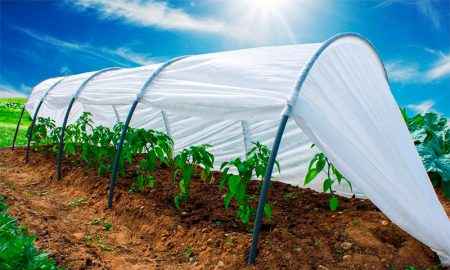
You can turn to companies that can help with the delivery and installation of the greenhouse. For example, greenhouses in Serpukhov can make a greenhouse for you, deliver and install. Nevertheless, it is important to know what covering materials are in order to choose the right one for yourself.
Content
Plain and reinforced polyethylene film and PVC film
The traditional budget covering material - plastic film, varies in density and degree of transparency. It is rational to use for small greenhouses and hotbeds. Polyethylene protects against wind and early frosts, creates a comfortable temperature for plant growth. An obvious drawback is the short service life and intolerance to low temperatures (below -10-12 C).
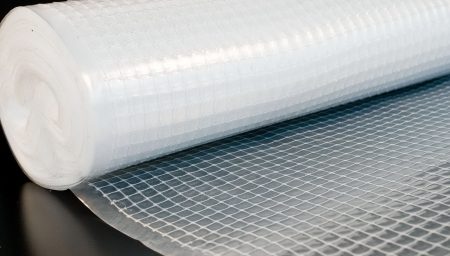
Reinforced film - a three-layer fabric with a polymer mesh in the middle. It has a number of advantages that ordinary polyethylene does not possess:
- The vapor permeability of the material prevents condensation from accumulating and provides air access.
- Withstands negative temperature fluctuations.
- The material is durable and easy to install.
Polyvinyl chloride film is a dense and durable material with excellent translucent properties, but retaining infrared rays. In a greenhouse covered with a PVC film, the temperature is maintained even at night. The material will not tolerate a drop in temperature to –15 C.
The film shelter for greenhouses is mounted on a frame of wooden bars, metal profiles or plastic pipes.
Glass and polycarbonate slabs in greenhouse construction
Greenhouses covered with glass are functional and durable, but have a rather high cost. Glass perfectly retains heat inside the greenhouse and protects against adverse atmospheric phenomena. At the same time, glass is a rather fragile and heavy material, which complicates the assembly of the structure.
At the moment, the method of building greenhouses from old window frames is gaining popularity. This allows a good saving on materials for a reliable greenhouse.
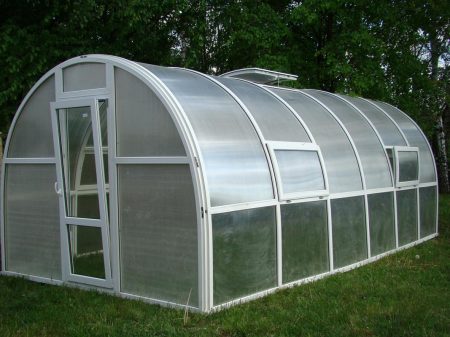
Polycarbonate is widely used in the construction of greenhouses. For these purposes, cellular polycarbonate is selected, which has good heat-insulating and light-transmitting properties. The disadvantage of such a greenhouse will be the high cost of the covering material and possible deformation at high or low temperatures. In order for the design to last as long as possible, it is recommended to protect the polycarbonate slice with special plugs.
Agrofibre
Agrotextile, or agrofibre, is a light, environmentally friendly material with a long service life. Varies in material density and color. For the construction of greenhouses use high-density white agrofiber. The material has the following positive qualities:
- Agrofibre is able to pass liquid without absorbing it.
- Protects from frost and keeps warm.
- Excellent shelter from hail and pests.
- The material passes air and does not allow condensation to accumulate.
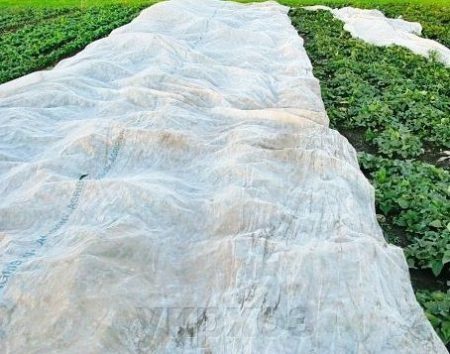
It is simple to work with textiles, and due to the lightness of the material there is no need for a reinforced frame. With the help of ties fasten the fiber to the arches or crate of the greenhouse. At the end of the season, the material is removed, cleaned and stored until next year. For all its merits, covering material has a high price.
For the construction of the frame of the greenhouse, wooden materials are used (bars, battens), metal profiles and fittings or plastic pipes. Each gardener chooses the shape, size and building materials, based on financial capabilities and a specific place for greenhouses. Particular attention is paid to climatic conditions, if necessary, choose a dense covering material and build a solid frame for the greenhouse.

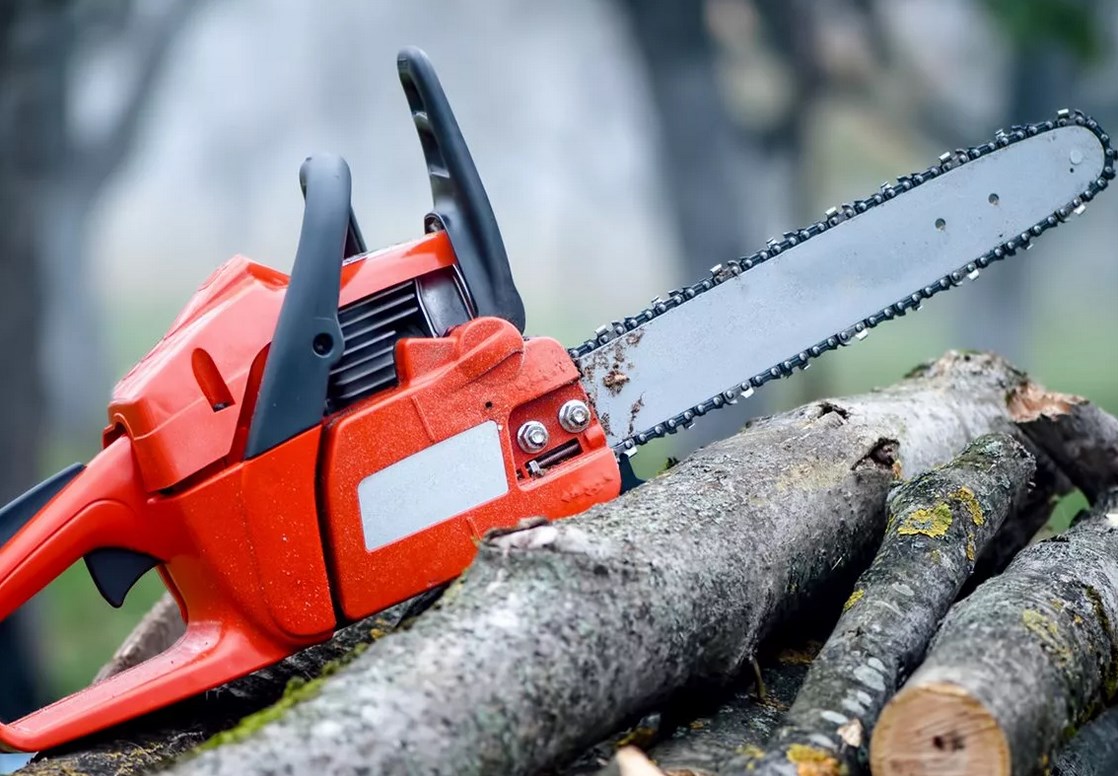
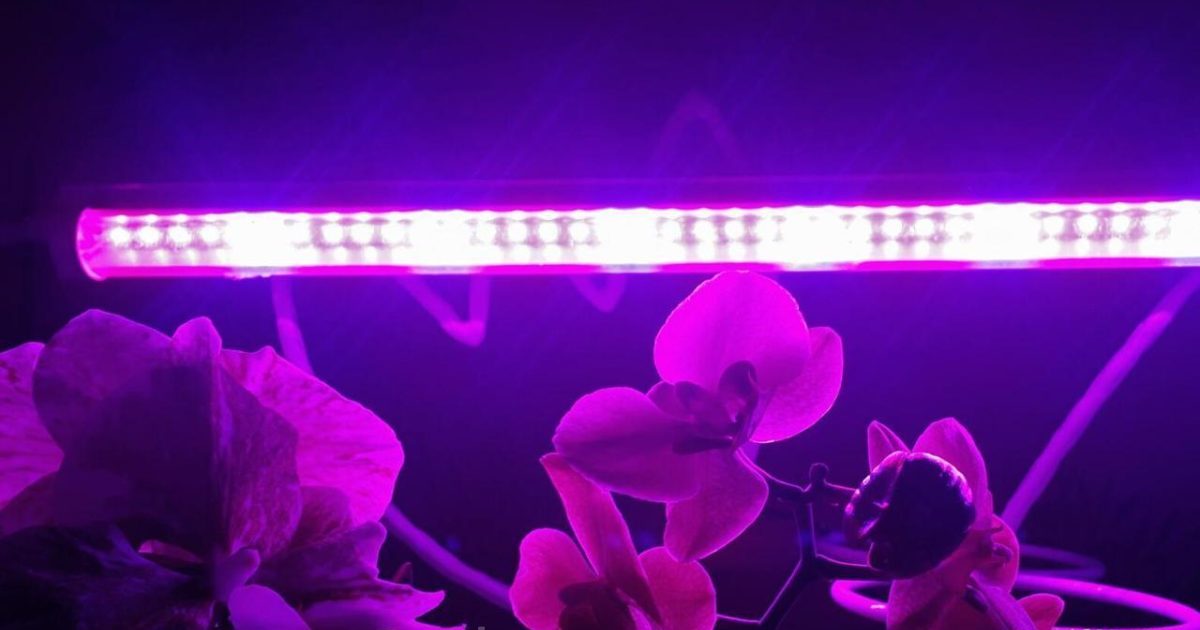
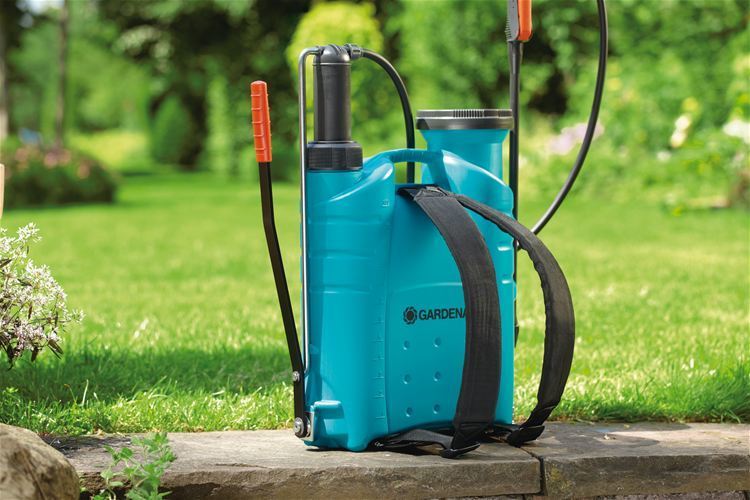
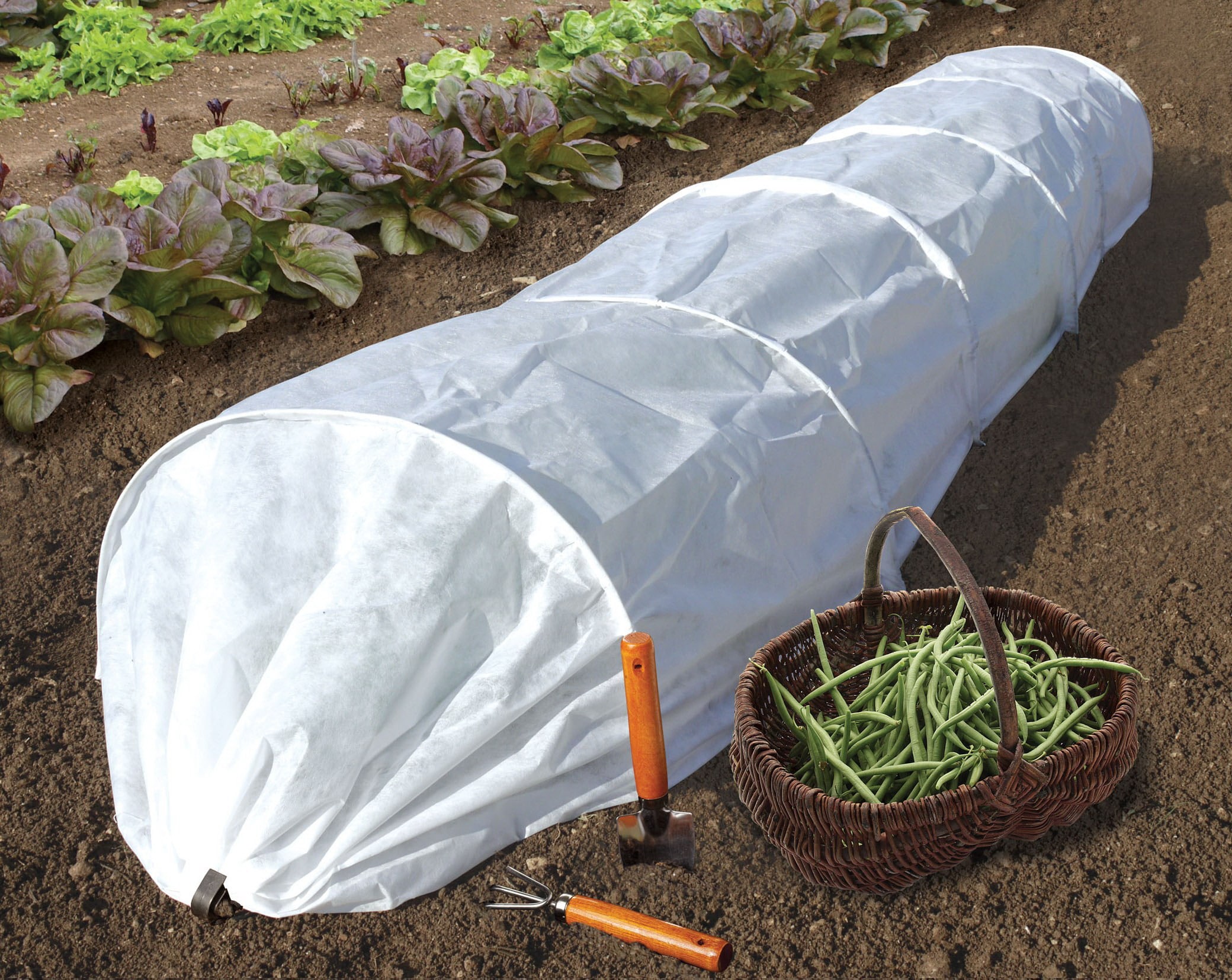 Cover material for plant care: features of use
Cover material for plant care: features of use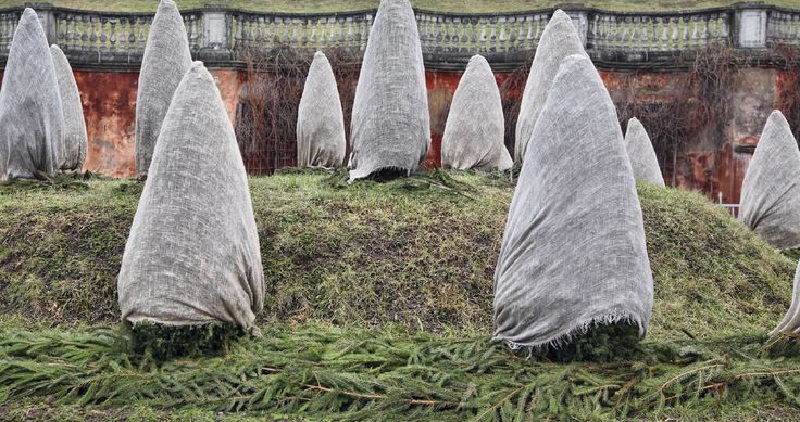 Types of winter covering material for plants
Types of winter covering material for plants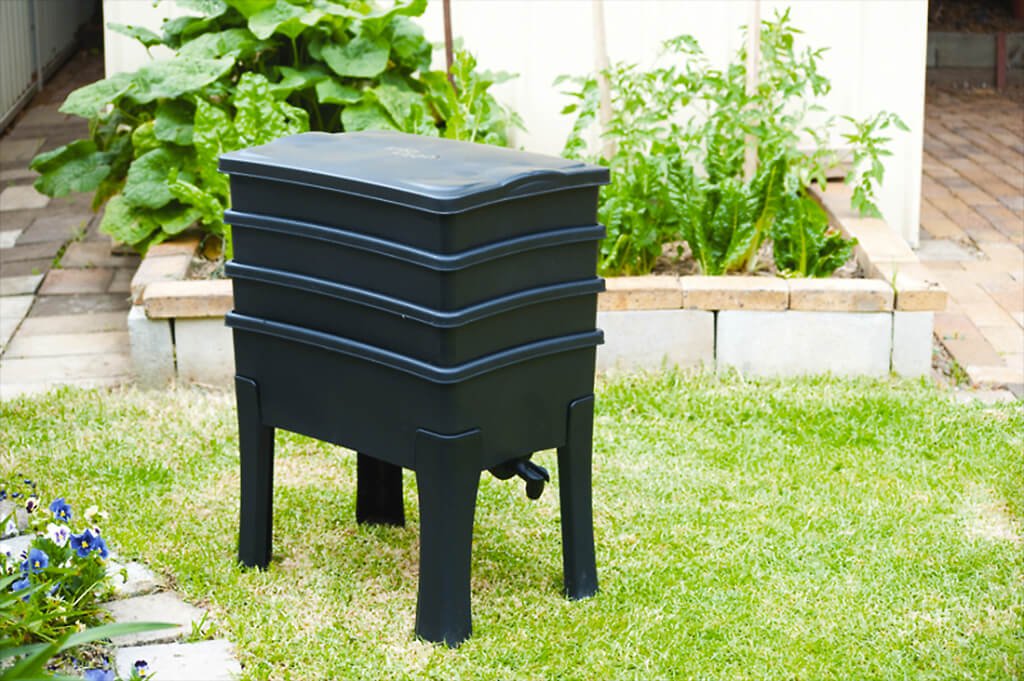 Biohumus Farm
Biohumus Farm What covering material to choose for a greenhouse?
What covering material to choose for a greenhouse?